We are upgrading our email system over this weekend (13th-14th of December). Please do not send us emails over this weekend as they may be at risk of getting lost.

For all things fantasy, horror, and speculative fiction
Announcement:
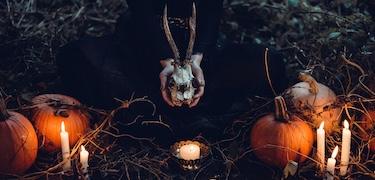
Subgenre deep dive: Possessed, Haunted, and Cursed Objects
In this latest edition of her regular column, Tiffani Angus—co-author of Spec Fic for Newbies volumes 1 & 2—gets us ready for Halloween by diving into cursed objects.
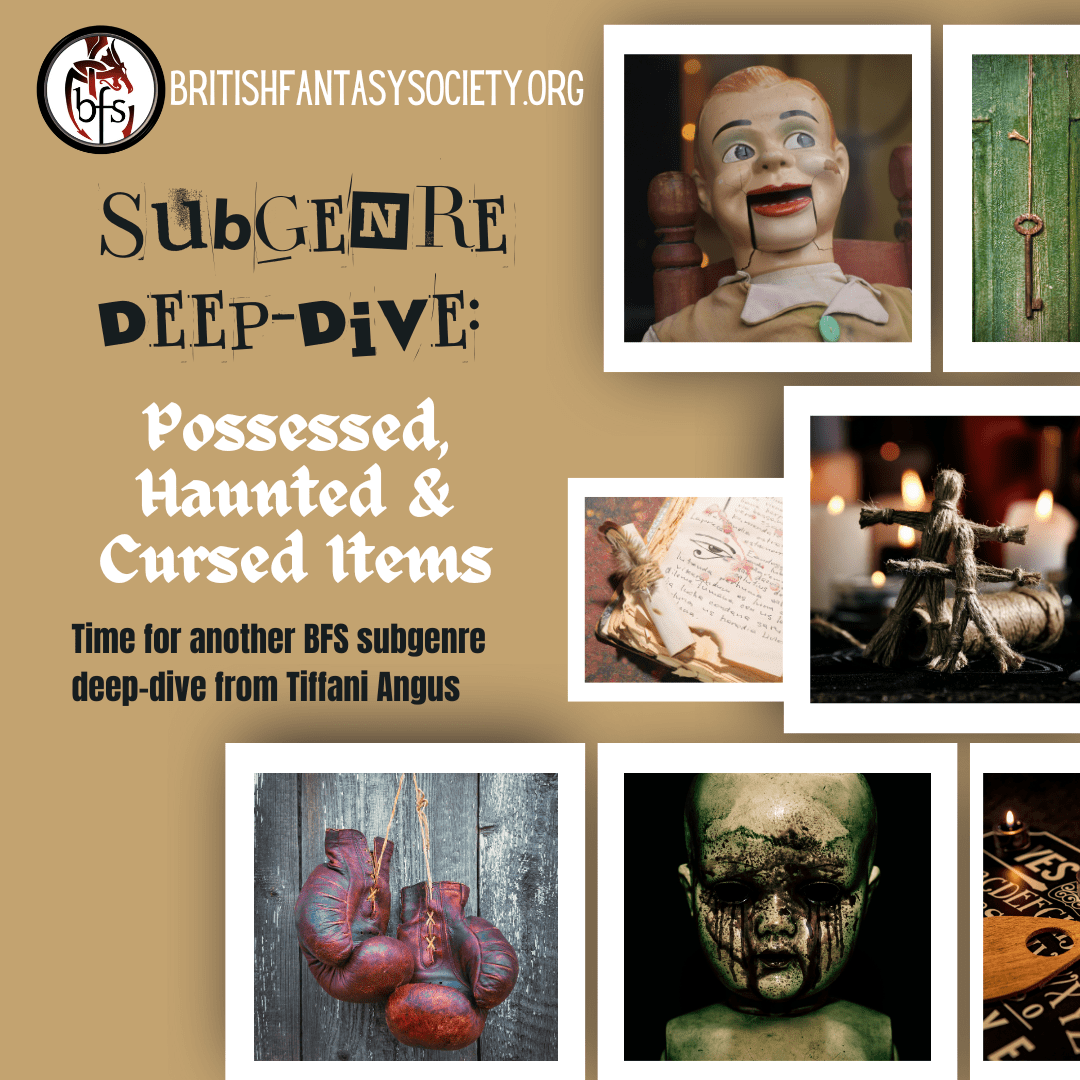
As writers, many of us are a bit, shall we say, eccentric? The publishing industry is awash with arguments about skill vs luck when pursuing fame and fortune, so it’s no surprise that while we pursue publication in this often opaque world, we develop idiosyncrasies, foibles, and quirks. Some of us only write at certain times of day in certain places (sitting at this library carrel and not that one) with certain materials. We understand having a pen we “can’t write without†or a “lucky†satchel we’ve had for years, even after it’s hit its best-by date. We also understand those materials that make us itch (personally, I will NOT write with a blue biro/ballpoint pen. Don’t know why: it’s just wrong somehow!) or that we believe are even unlucky. I mean, how many of us won’t write in the pretty notebooks we’ve amassed because we believe our stories aren’t worthy? Â
This propensity for ascribing outcomes to the materials we use ends up in our fiction: a rabbit’s foot is good luck; a monkey’s paw is cursed. Thus, objects become talismans, talismans become personal truths, and, before you know it, your bad luck isn’t random chance, it’s because that thing is haunted, cursed, or possessed! Â
This month, the Subgenre Deep Dive is emptying its backpack, scanning the junk shop shelves, and rolling up to boot sales to examine a popular trope in horror: possessed, haunted, and cursed items.
This is a tweaked section of Spec Fic for Newbies Vol. 2: A Beginner’s Guide to Writing More Subgenres of Science Fiction, Fantasy, and Horror out from Luna Press. Spec Fic for Newbies Vol. 1 (2023) recently featured on Locus’s Recommended Reading List and was a finalist for the BSFA Best (Long) Nonfiction and the BFS Best Nonfiction awards, so why not see what Volume 2 has in store? You’ll find 30 more subgenres and tropes from Science Fiction, Fantasy, and Horror, their histories, identifying elements, lists of what’s cool and pitfalls to avoid, and activities to get you writing. Plus the usual puns and snarky jokes! So, what are you waiting for? Go here for purchasing links.

This month is a look at… POSSESSED, HAUNTED, AND CURSED ITEMS
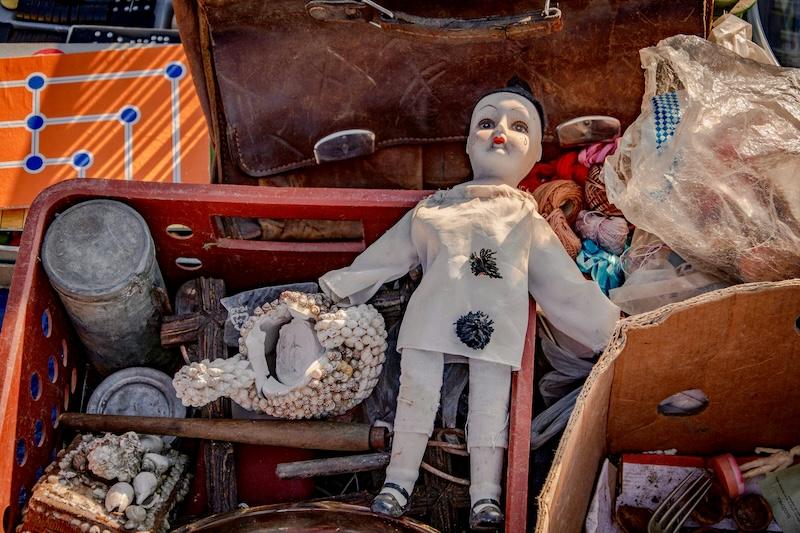
We are a ridiculously superstitious species. We believe that wearing the same underwear or socks will lead our sports team to victory. We throw salt over our shoulder if we spill any, despite not understanding anymore why we do it (something something the devil). It’s common that we attach such superstition to inanimate things: everything from jewellery to dolls to paintings to books have been considered either bad luck, haunted, or actually possessed by evil spirits. Television shows, tabloids, and listicles (itself a cursed word!) feed our obsession with cursed items. Some venues offer advice on how to sell them on eBay, and there’s even a museum of cursed and haunted items: Zak Bagan’s The Haunted Museum in Las Vegas. Tickets are costly, and visitors must sign a waiver because “management wants to ensure every visitor is aware of potential risks that could be caused by unseen forces†(as gimmicks go, it’s a great one!). Obviously, we can’t get enough of these stories, which have often been quite significant from a socio-historically perspective, so where to start?
First, let’s clarify some terminology:
- Possessed items:Â these are believed to have a demonic spirit inside them, so they are in some way sentient.
- Cursed items:Â these are not sentient but only under a magic spell or hex, which can cause bad luck to befall anyone who owns or, depending on the spell, touches it.
- Haunted items:Â these are somewhat like possessed items, but they are inhabited by the spirt of a dead person instead of containing a supernatural evil.
There’s obviously a lot of overlap here, but J.W. Ocker, who wrote Cursed Objects: Strange but True Stories of the World’s Most Infamous Items (2020, Quirk Books), explains that “both haunted and possessed objects can function practically as cursed objects if they bring misfortune to enough people, but if they merely act spooky, then they’re not cursedâ€.
Second, some of our earliest stories are from religious sources or texts (and so many of our horror films depend on religious beliefs and laws to fuel the terrors), so it would seem that possessed items would fill their pages, but it’s not as cut and dried as we would suspect. The Christian Bible tends more towards warning about demonic possession of people and not things. In Islam, the jinn (a.k.a. djin or genie) can dwell in inanimate objects such as trees, but again any possession is usually only of people. In Jewish folklore and religion, the demon that possesses people is a dybbuk, but they don’t inhabit inanimate objects. So, the possession of an item due to belief in a certain faith isn’t really common. Despite this, there’s a long, rambling tale about a “dybbuk boxâ€, a supposedly haunted or possessed wine cabinet, that was sold on eBay in 2003. This box’s “history†and cursedness influenced other people associated with the box to claim bad luck had befallen them. It even inspired the film The Possession (dir. Ole Bornedal, 2012), and people on that set claimed odd goings-on. The man who originally sold it, Kevin Mannix, admitted in 2021 that he made the whole thing up (!!) and that a dubbyk “box†isn’t possible because these beings don’t inhabit objects. The box is now in The Haunted Museum in Las Vegas, and even rapper Post Malone claimed to have been affected by it just from touching someone who was touching it! This all proves the strength of the power of suggestion.
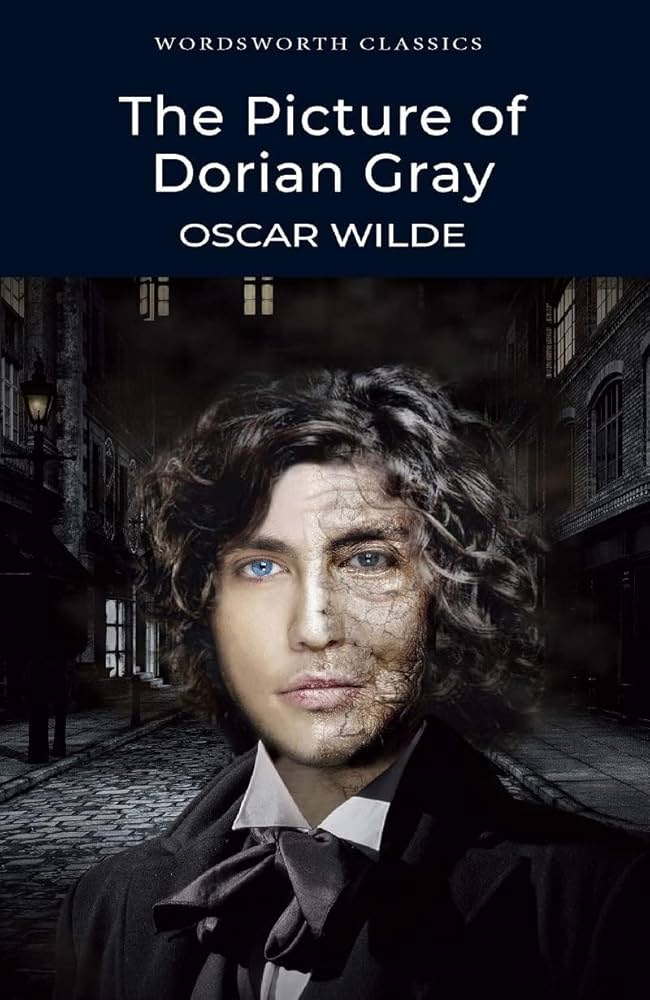
Third, stories of possessed/cursed/haunted items aren’t quite as plentiful in literary history as you’d think. In terms of fiction, Oscar Wilde’s The Picture of Dorian Gray (1890) deploys an aspect of the trope (though it’s more of a Gothic tale about someone making a demonic deal or selling his soul). The story famously features a young aristocrat who keeps a portrait of himself hidden because the image in the painting ages while he stays young. One of the clearest and earliest modern examples—and the most well-known due to it being assigned so often in school—is 1902’s ‘The Monkey’s Paw’ by W.W. Jacobs. The animal artifact in question, cursed in India, is said to grant three wishes… though always with a terrible consequence. Many of M.R. James’s tales also focus on items as the locus of the haunting or odd goings-on, such as a doll’s house in, you guessed it, ‘The Haunted Doll’s House’ (1923) and a legendary crown in ‘A Warning to the Curious’ (1925).
The Horror of Domesticity
Around the same time as Jacobs’s and James’s stories, the cursed-item trope became particularly popular among women authors, and we can see the influence of real-world issues on these tales. Much of that writing, which spoke to women’s changing roles in society, the difficulty of forcing those changes, and the repression many women faced at the hands of the patriarchy, has been made accessible to modern readers by editor Melissa Edmundson in Women’s Weird: Strange Stories by Women, 1890–1940 (2019) and Women’s Weird 2: More Strange Stories by Women, 1891–1937 (2020). The stories—and items—run the gamut from a haunted saucepan to a mysterious plate to scissors with a life of their own and even a haunted snuffbox.
Margery H. Lawrence, one of the most prolific women authors of the supernatural and weird in the early twentieth century, has her work featured in that collection. Her story ‘The Mask’ (1923, first published in The Tatler) tells of a mysterious mask that seems to demand blood sacrifice, first from the shop owner who, after killing his wife and before killing himself, sells it to a young married man, and then from the new owner, his wife, and her cousin (echoes of this story survive in the cursed masks of the Buffy the Vampire Slayer episode ‘Dead Man’s Party’, dir. James Whitmore, Jr, 1998, pictured).
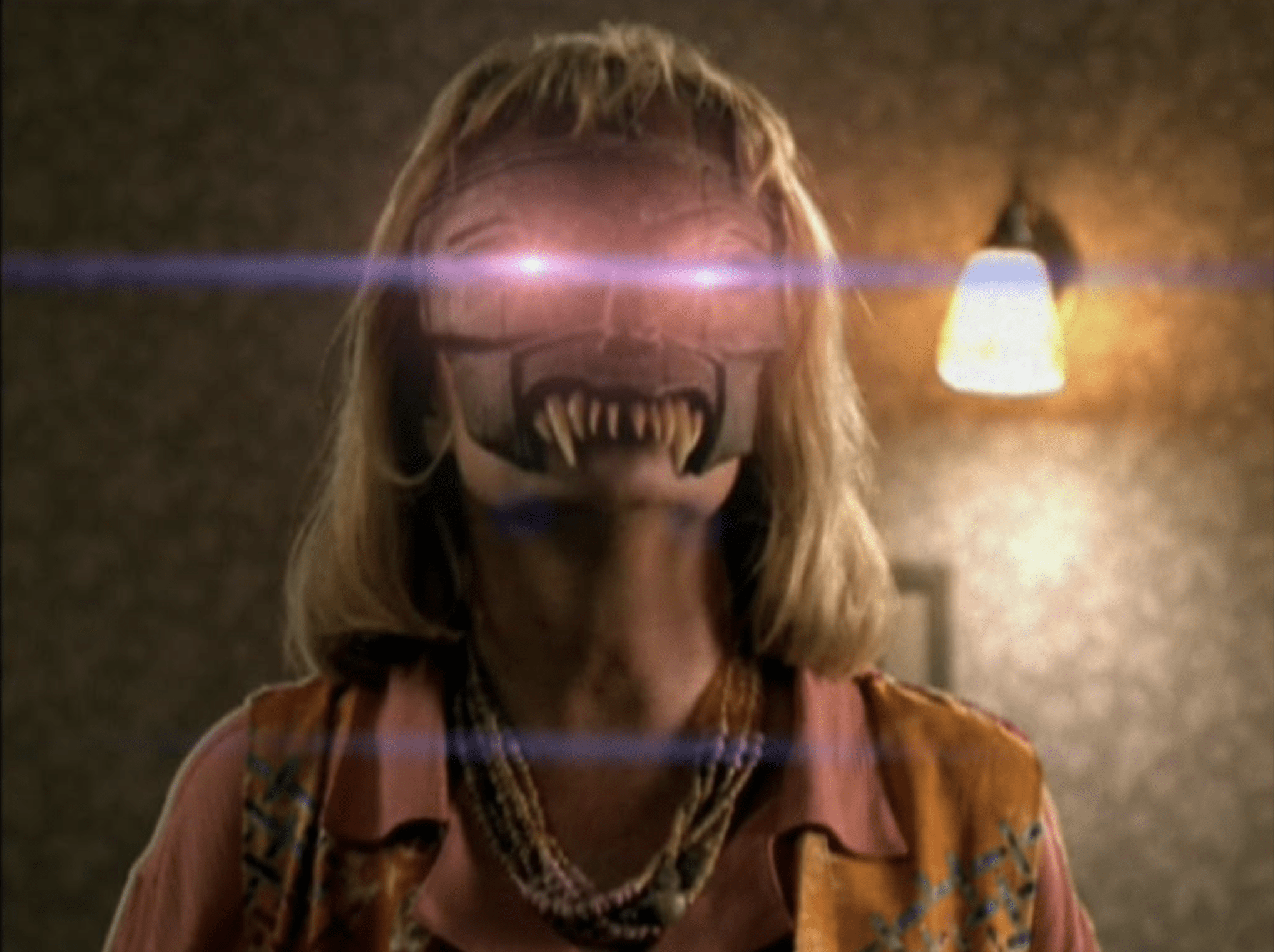
However, Lawrence’s racially tinted description of the mask (which isn’t a complete surprise for a story that’s 100 years old) sets it in marked contrast to the story’s hero, a “clean, healthy Englishman†who is hypnotised by the mask to see “strange and dreadful lands†and “unspeakable obscenities, vileness beyond power of human imaginationâ€. The result is an object lesson in how bias—conscious or unconscious—tints a text with meaning.
Another Lawrence tale, ‘The Mystery of the Crystal Snuff-box’ (1929, first published in Cosmopolitan), depicts an ornamental box haunted by the spirit of a woman who was burnt as a witch in 1668. The spirit is out for revenge on men in particular—here represented by the young man who purchases the box as a gift—by leaching their strength so she can “come back†to life. According to reviewer Joellen Masters, in all such stories, the employment of daily items “render[s] the familiar in objects and garments as uncanny and malignâ€.  It allows writers, especially women, to use objects as metaphors for wider situations that aren’t under their control. So instead of a generic rabbit’s foot bringing you good luck, an item a woman owns and uses daily comes to represent her quiet desperation and inner rage, imbuing the item with powers beyond its original function.
What’s in Your Bag?
Since the horror renaissance of the 1980s, horror writers have employed a variety of items as a loci of terror. What these objects are when they’re at home and how we interact with them will convey different reactions in readers. We can categorise the types of objects in three ways.
Things with faces
Anything made to look like a human—dolls, robots, etc.—will ping the uncanny valley response in us. This fear isn’t supernatural but, for some, part of their internal wiring: according to the DSM-5 (the Diagnostic and Statistical Manual of Mental Disorders, Fifth Edition), automatonophobia is “a persistent, excessive, or unreasonable fear of human-like figures†such as mannequins, statues, animatronics, or robots, and its related phobia is pediophobia, “an intense and irrational fear of dollsâ€. Â
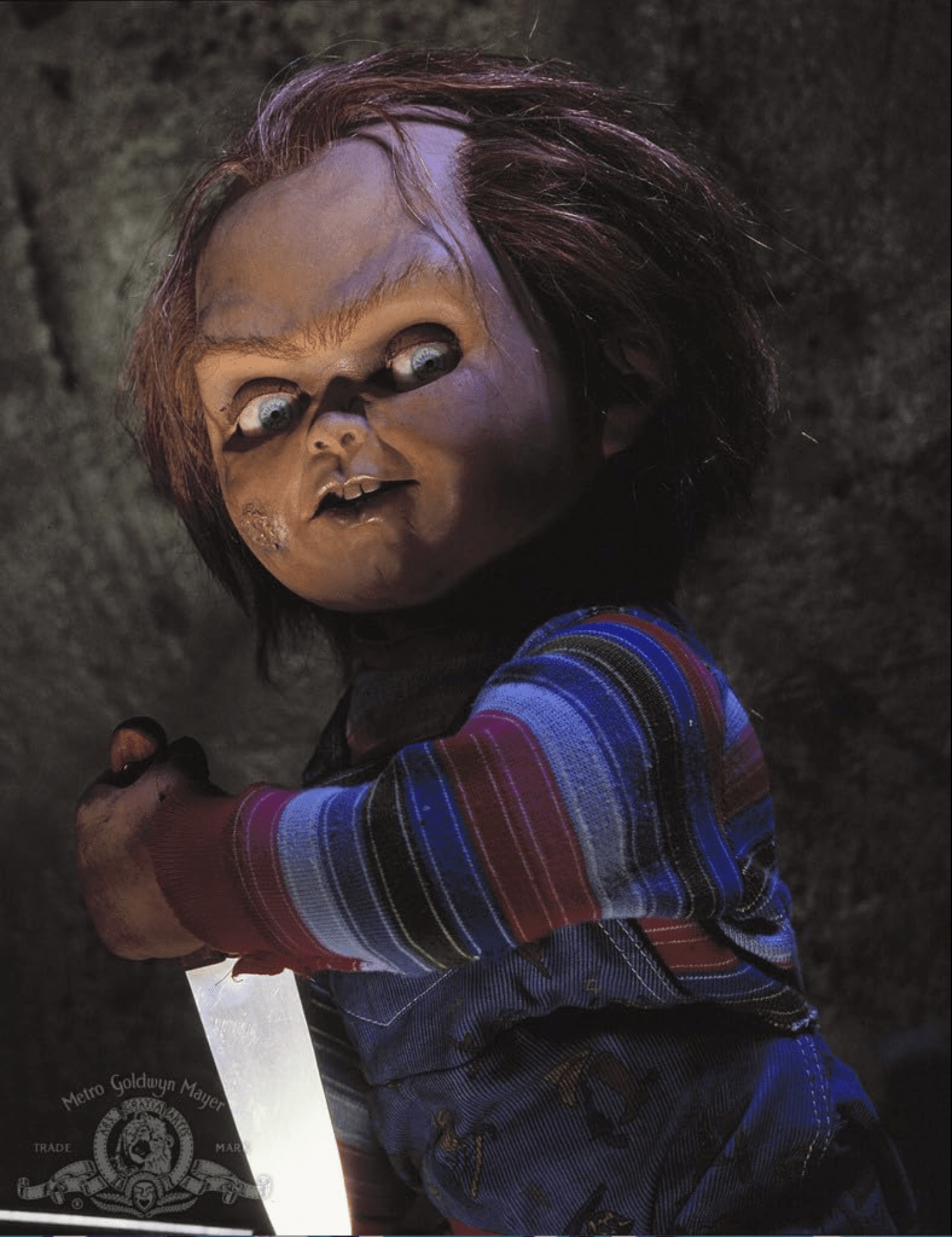
In Ruby Jean Jensen’s Annabell (1987, and not her only “evil doll†novel!), haunted/possessed dolls adopt little Jessica, who has come to play with them after her own family has fallen apart. One of the most popular evil dolls arrives in 1988 with Chucky, star of Child’s Play (dir. Tom Holland – pictured; source) and its six sequels (plus a television show, a reboot, comics, etc.), about a Good Guy doll possessed by the soul of a serial killer. Most recently, Grady Hendrix explored the creepy dolls/puppets trope in How to Sell a Haunted House (2023); trust us, you’ll never look at a hand puppet the same way again!Â
Things we name
Humans like to name things that aren’t alive, such as ships and boats, houses and cars, and even home appliances because we build relationships with them, especially when we depend on them daily. So, it’s not a jump from thinking of a thing as a friend (or enemy, in the case of cars that like to conk out on you at inopportune times!) to thinking of it as alive. Theodore Sturgeon’s novella Killdozer (1944) tells the story of a bulldozer named Daisy Etta that’s possessed by aliens of pure energy that take over metal machines and start killing people. Stephen King’s Christine (1983), about a cherry-red 1958 Plymouth Fury, is one of the most famous of possessed items stories; the car is possessed by the spirit of its original driver, who then takes over its new teenaged owner and goes on a killing spree (bonus fact: your author named her cherry-red stand mixer after it!). More contemporary is Gus Moreno’s This Thing Between Us (2021), which cleverly tackles the disembodied presence whispering and behaving strangely in many of our homes today: smart speakers (“Alexa, what is possession?â€). Â
Things that are completely mundane
The thing that’s “so insidious about cursed objects is how mundane they areâ€.  Author Graham Masterton has employed this angle in The Heirloom (1981), about an antique chair that’s possessed by the devil, and in the creepy Mirror (1988), in which the titular object is haunted by a slain child star from the 1930s (in both cases the item serves as a portal to a hell dimension). Oculus (dir. Mike Flanagan, 2014) is also about a mirror, in this case the Lasser Glass, which causes several hundred years of murder, suicide, and madness. There is a plethora of tales about cursed gemstones, especially diamonds (such as the Hope Diamond), which inspire horror stories about cursed jewellery, such as Michael McDowell’s Amulet (1979).  But, as Ocker explains in an interview when asked about the Hope Diamond, “Rich people will always fall into weird troubles, and it’s usually generational†so it’s easier to blame an object than on “the fact that you never got the tools to exist as a human beingâ€.
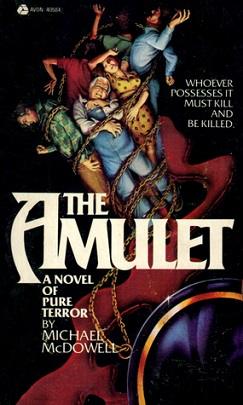
In the end, the great thing about using everyday items in stories about possessed, haunted, and cursed items is that how they’re used and who historically or usually uses them gives them a gravitas they don’t have on their own. Because while a story about a possessed or cursed item seems to be about the item, it’s really about the people interacting with the item, or the pain or revenge or unfinished business related to the person—or entity—who has cursed or haunted it. Empty out your pockets or purse and you’ll find evidence of various facets of your identity, items that tell the world who you are and, with a bit of tweaking—a rageful spirit here, a maleficent hex there—can expose things about you that perhaps you want to keep hidden; alternately, trap a vengeful demon in your cell phone and you have a story that’s about your dependence upon the item while being about how our society is, in turn, “possessed†by these little blocks of metal and glass. Nothing is off limits, and everything—from the totally mundane to the most human-like—has a story to tell.
Some recommended reading/viewing
(including entries not found in the article)

- Oscar Wilde’s The Picture of Dorian Gray (1890)
- W.W. Jacobs’s ‘The Monkey’s Paw’ (1902)
- M.R. James’s ‘The Haunted Doll’s House’ (1923) and ‘A Warning to the Curious’ (1925).
- Margery H. Lawrence’s ‘The Mask’ (1923) and ‘The Mystery of the Crystal Snuff-box’ (1929)
- Theodore Sturgeon’s Killdozer (1944)
- Ruby Jean Jensen’s Annabell (1987), The Living Evil (1983), Mama (1986), The Chain Letter (1987), and so many others!
- Michael McDowell’s Amulet (1979).
- Graham Masterton’s The Heirloom (1981) and Mirror (1988)
- Child’s Play (dir. Tom Holland, 1988)
- Koji Suzuki’s Ring (1991, translated by Glynne Walley), about a cursed VHS tape (pictured: a still from the first film adaptation, Ringu [1998])
- Buffy the Vampire Slayer episode ‘Dead Man’s Party’, dir. James Whitmore, Jr, 1998
- Ghost Ship (dir. Steve Beck, 2002), about a ship lost in 1962 and found 40 years later haunted by Jack Ferriman, a soul collector for hell (“ferry manâ€, get it?)
- Drag Me to Hell (dir. Sam Raimi, 2009), contains a cursed button
- The Possession (dir. Ole Bornedal, 2012)
- Annabell (dir. John R. Leonetti, 2014), part of the Conjuring series
- Oculus (dir. Mike Flanagan, 2014)
- Iain Rob Wright’s The Picture Frame (2014) about a cursed frame
- Andrew Shaffer’s Secret Santa (2020), set in a publishing house in the 1980s and about a cursed secret Santa gift
- Gus Moreno’s This Thing Between Us (2021)
- Grady Hendrix’s How to Sell a Haunted House (2023)

